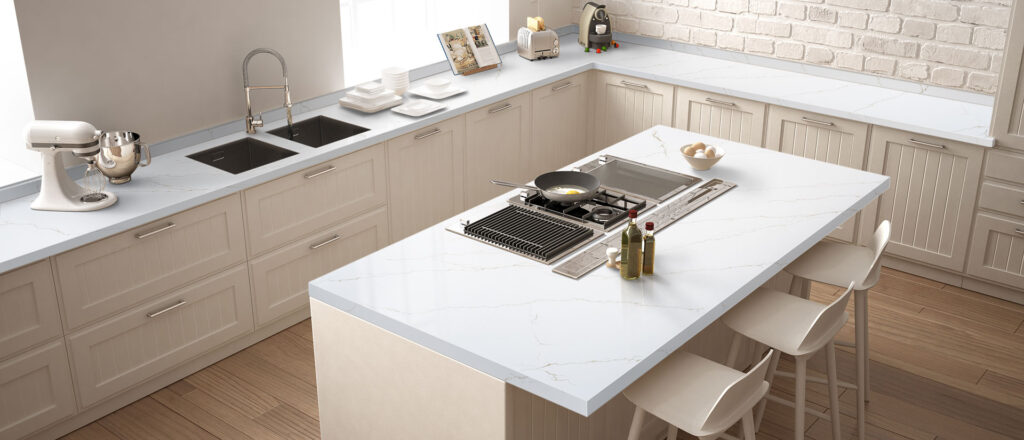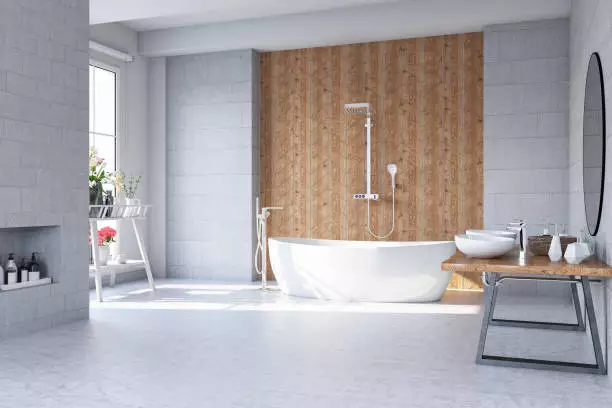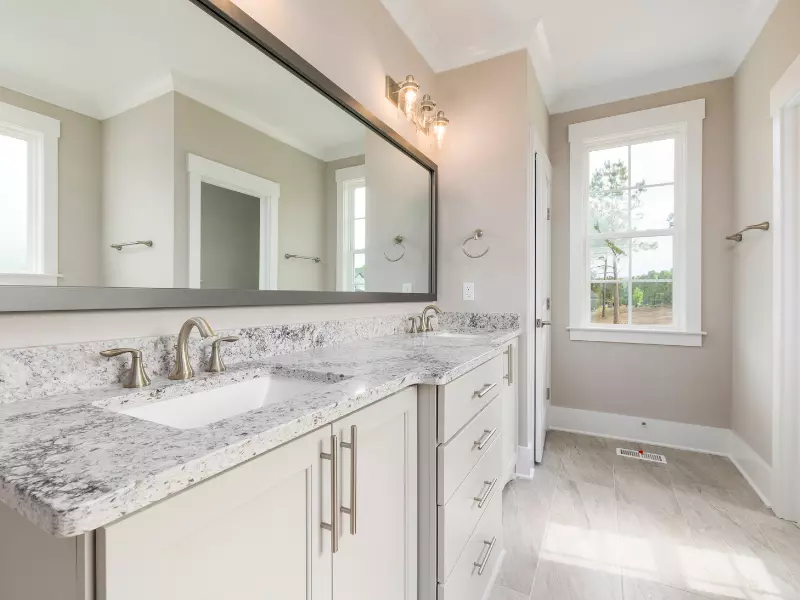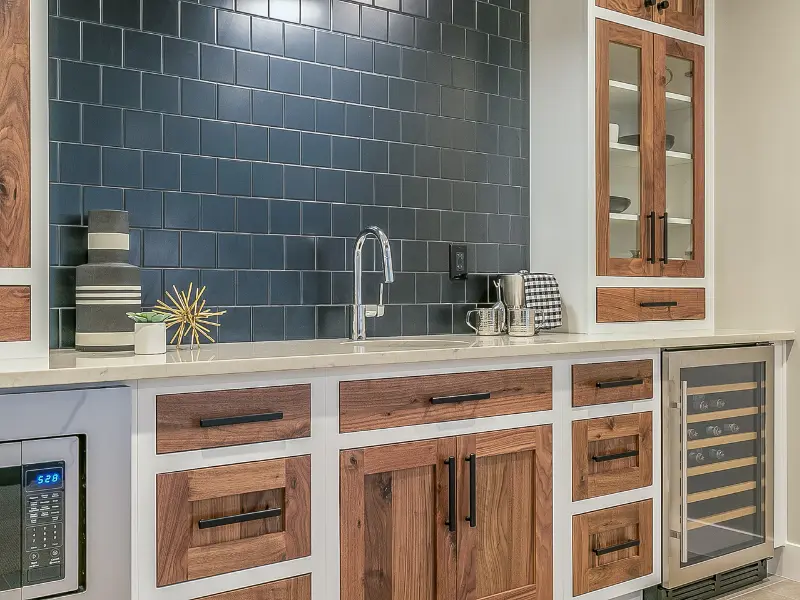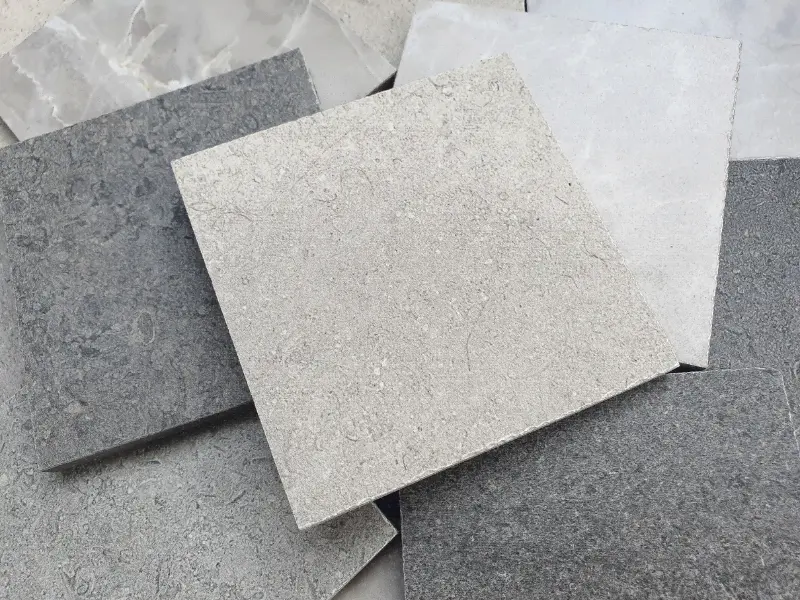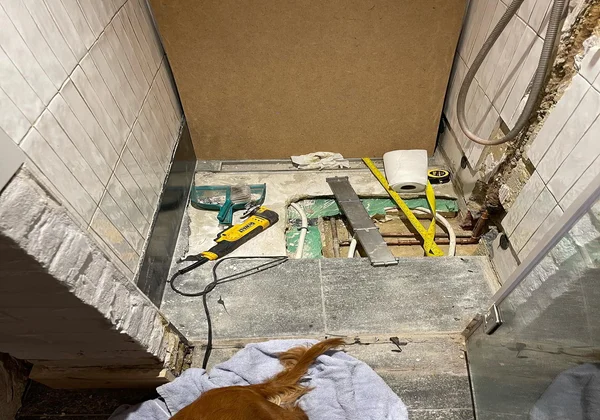Elegant Elevation Discover the Latest Marble Flooring Designs
Elegant Elevation Discover the Latest Marble Flooring Designs latest marble flooring design that has captured the attention of designers and homeowners alike combines the classic appeal of marble with a modern twist. This design incorporates large marble slabs with bold veining and vibrant colors, creating a captivating visual effect. One prominent trend in this design is the use of oversized marble tiles or slabs. These large-format pieces, often spanning several feet in length and width, create a seamless and expansive look. They provide a sense of grandeur and luxury to any space, making it appear more open and spacious. Sf Marble will give you best lates marble flooring design services as you dreamed of. Latest Marble Flooring Design Trends The latest marble flooring design trends encompass a combination of classic elegance and contemporary styles Geometric Patterns: Geometric patterns have gained popularity in marble flooring designs. These patterns include herringbone, chevron, basketweave, and hexagonal layouts. They add a modern and visually captivating element to the space. Monochromatic Colors: While classic white marble remains a popular choice, monochromatic color schemes are on-trend. Shades of gray, black, and charcoal provide a sophisticated and sleek look. These color choices create a refined atmosphere and can be paired with various interior styles. Bold Veining: Marble with bold veining patterns is highly sought after. Dramatic veins in contrasting colors such as black, gold, or blue can be used to make a bold statement. These veins add character and visual interest to the floor, becoming a focal point in the room. Matte and Honed Finishes: Matte and honed finishes have gained popularity due to their understated elegance. These finishes have a smooth and velvety texture, providing a contemporary touch to the marble flooring. Large-Format Tiles: Large-format marble tiles are in vogue as they create a seamless and luxurious look. They minimize grout lines, giving the floor a spacious and expansive feel. These oversized tiles are available in various shapes, such as rectangles and squares, allowing for versatile installation patterns. Mixed Materials: Combining marble with other materials has become a popular trend. Incorporating elements like wood, metal, or glass inserts alongside marble flooring creates a unique and personalized design. Marble Flooring Design with Price Average Price Range for Marble Flooring The price of marble flooring can vary significantly based on several factors, including the quality and grade of the marble, the size of the area to be covered, and the complexity of the design or pattern. Here is a general price range for marble flooring: Quality and Grade: Low-Grade Marble: $5 – $10 per square foot Medium-Grade Marble: $10 – $20 per square foot High-Grade Marble: $20 – $50+ per square foot Size of the Area: The larger the area to be covered, the higher the total cost. Keep in mind that installation costs may also increase for larger areas. Complexity of the Design: Intricate designs or patterns, such as mosaics or custom layouts, can increase the overall cost due to additional labor and material requirements. It’s important to note that these price ranges are approximate and can vary depending on factors like location, availability of the marble, and installation costs in your area. Additionally, prices for unique or rare marble varieties may exceed the ranges mentioned above. Tips for cost-effective marble flooring installation Research and select affordable marble options: Marble comes in various types and grades, each with a different price range. Research different types of marble and choose options that are visually appealing but also fit within your budget. Consider less expensive varieties or look for marble alternatives that mimic the look of marble at a lower cost. Compare prices from multiple suppliers: Reach out to different suppliers and compare prices for the marble you have chosen. Get quotes from several suppliers and negotiate for the best price. Sometimes, suppliers offer discounts for bulk orders or ongoing promotions, so take advantage of these opportunities. Optimize material usage: Marble slabs come in various sizes and thicknesses. By carefully planning and optimizing the material usage, you can minimize waste and reduce costs. Consult with your contractor to determine the most efficient way to cut and install the marble to avoid unnecessary waste. Is Marble Flooring Outdated Marble flooring has long been associated with timeless elegance and luxury. However, there is a common misconception that marble is outdated and no longer relevant in modern interior design.Marble continues to be a popular choice for flooring, and for good reason. Timeless beauty: Marble has a natural beauty that is hard to replicate.Any room is given a touch of refinement and class by its unusual veining and distinctive patterns.This timeless appeal ensures that marble flooring remains relevant regardless of changing design trends. Versatility: One of the key reasons why marble has stood the test of time is its versatility. It comes in a wide range of colors, from classic whites and grays to more vibrant options. This versatility allows for various design possibilities, enabling homeowners to create different moods and aesthetics. Durability: Marble is a durable natural stone that can withstand heavy foot traffic and last for decades if properly maintained. With regular care, marble flooring can maintain its original beauty for years to come. Heat resistance: Marble is a great conductor of heat, which means it remains cool to the touch even in warmer climates. This characteristic makes it a preferred flooring option in regions with hot weather. Value addition: Installing marble flooring can increase the value of a property. Potential buyers often appreciate the timeless elegance and durability associated with marble, which can be a selling point for homeowners. Discussing the enduring popularity of marble: Marble has been used for centuries and continues to be highly sought after for flooring applications. Its enduring popularity can be attributed to several factors: Prestige and luxury: Marble is often associated with opulence and luxury. Its use in high-end hotels, palaces, and grand buildings has created a sense of prestige around the material. Many homeowners aspire to bring a touch of luxury into
Elegant Elevation Discover the Latest Marble Flooring Designs Read More »



